Very much in keeping with Zagreb Design Week 2024's theme Breaking the Glass Ceiling Instituto Cervantes, Prague, used the occasion of Designblok Prague 2024 to open Diseñadoras. (Re)diseñando el mundo, a showcase introducing and discussing the work, positions, approaches of 12 contemporary Spanish diseñadoras, female designers, that is and was also an exploration of questions on and of contemporary design.......
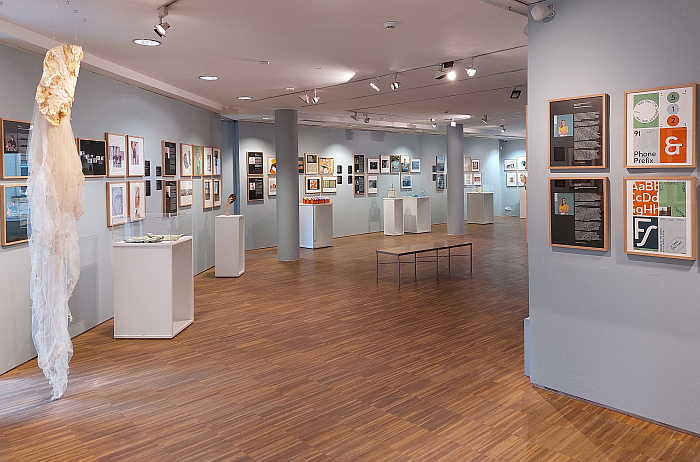
Or perhaps more accurately, Diseñadoras. (Re)diseñando el mundo is and was also an exploration of questions on and of contemporary design in all it hues and manifestations featuring as it does diseñadoras from across a wide range of design genres; an exploration, via projects from across a wide range of design genres realised by (Re)diseñando el mundo's dozen diseñadoras since 2016. Why 2016? We no know, but do like that there is a cut-off age for projects and that it is within the past decade, and isn't within the Covid years.
An exploration, a mix, that, as the title neatly alludes to, is and was focussed on projects, approaches, positions as components of a (re)diseñando el mundo, (re)designing the world, components of what the curators refer to as the "building (of) a new, more sustainable and inclusive reality"; components of the (slow) move away from a Victor Papanek's warning that "there are professions more harmful than industrial design, but only a very few of them",1 a move away from design as a tool of industry towards design as a tool of society, that design and designers have been making over recent years, but which remains fragile and which could all too easily stall.
A (re)diseñando el mundo that, the curators, judging from their selection of creatives and projects, tend to argue will involve, potentially will require, a focus on novel materials and novel processes, an argument they advance, support, defend via, and amongst other works on show, Marta Ayala's 3D printed Gurumelo table lamp with its implication of, and imploration for, self-production of objects of daily use rather than consumption, PIY not DIY, of Open Design not Possessive Design; the casein of Mirian Miguel's Nodriza milk jug and saucer, casein that phosphoprotein found in milk, in the case of Mirian's self-produced casein semi-skimmed sheep milk, that can be used as the basis for a bioplastic, and thus for objects for storing, amongst other materials, milk, sheep or otherwise; or Tailored Body by Ines Sistiaga in which 3D scans of human body parts are translated via a knitting machine to bespoke objects that respond to the individual needs of individuals, for all, if we've understood correctly, those in need of orthopaedic braces and supports. Ines's system allowing, for example, pressure and/or warmth to be targeted rather than generally applied.
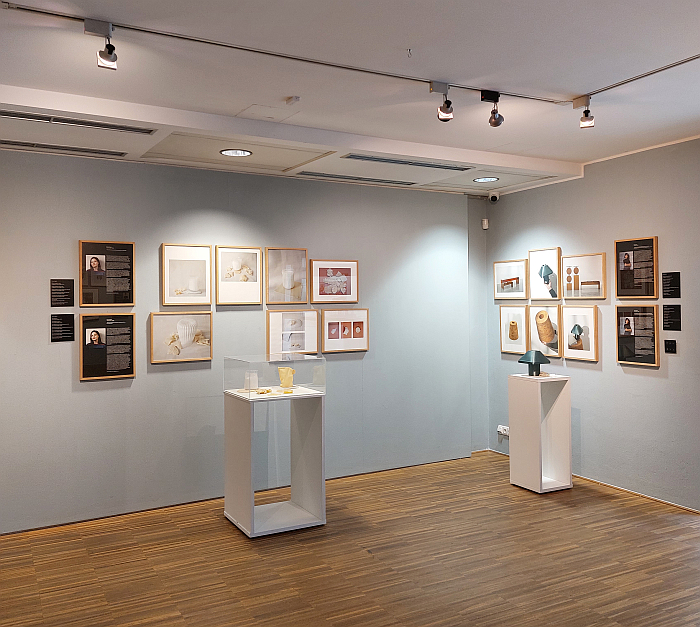
And, will also involve, or can be argued will involve, will potentially require, a repositioning of relationships between the past, present and future, a necessity to continually move forward, to question, to challenge, to re-imagine, albeit, one can argue is the argument made by (Re)diseñando el mundo, with a little more evolution and a little less revolution. Paths forward illustrated, illuminated, charted by, and amongst others, Cristina Omarrementería's metalwork, in many regards blacksmithery, as represented by the projects Escenario Mediterráneo and Iron Flowers, the former a cast iron chair and vase inspired by the material of their construction, the light in Valencia and the long tradition of iron in human society, the latter a garden chair whose stability comes from twisted iron and its seat and backrest from meshed iron, and two projects with a very communicative brutalist honesty that allows them to function on a number of levels; Amalia Puga's project Proxecto Bolina informed by traditional Galician fishing net weaving techniques that uses materials salvaged from the sea to create a range of objects, specifically in context of (Re)diseñando el mundo a lamp and a stool. Or Júlia Esqué, who along with Andrés Reisinger co-authored the Hortensia Chair, a work that, as discussed from Science Fiction Design: From Space Age to Metaverse at the Vitra Design Museum Schaudepot, Weil am Rhein, began life in the Metaverse before becoming an actual physical product, which is in itself an informative approach to the relationships between past, present and future, and who is represented in (Re)diseñando el mundo by, amongst other projects, her paper weaving experiments from a cooperation with Paloma Wool, paper weaves partially developed with the aid of digital computer technology, partly with the aid of analogue paper and scissors, and which enable the creation of apparently impossibly coloured cloths, much as a Bernat Klein once realised with an almost as simple trick.
But for all, certainly for us the tenor of (Re)diseñando el mundo implies and argues, a (re)diseñando el mundo that will require us all engaging with the questions the future poses in an open and unbiased manner, free from the dogmatic ideology that, arguably, inarguably, architecture and design, architects and designers, in previous generations embodied, will require an increased understanding that design is not only a powerful tool for change, but is also a proposition, a speculative discipline, a starting point for discourse.
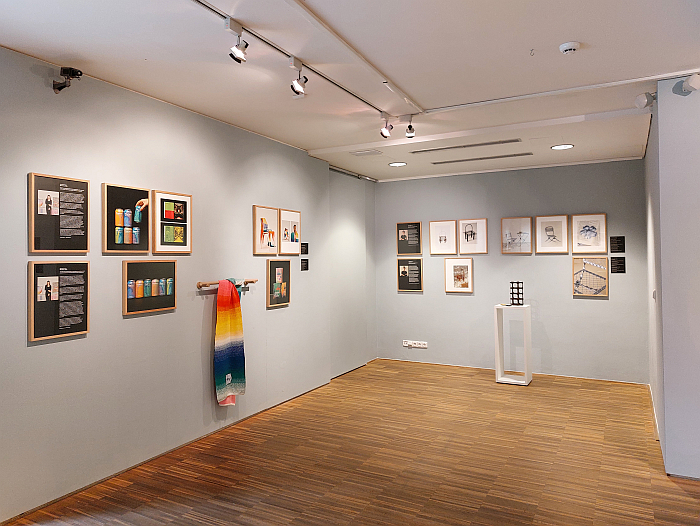
Largely based around bilingual Czech/Spanish texts.... ¿why not? its on show in Instituto Cervantes, Prague... ¿which languages should it be in?...... and primarily illustrated by photos but also featuring actual items, (Re)diseñando el mundo provides for an easy introduction to the work, positions, approaches of the chosen 12 and gently admonishes you to not only get to know that work, positions, approaches a little better, but for all to reflect on that work, positions, approaches in context of contemporary and future society, be that in Spain, Czech Republic, wherever and thereby to form your own opinion on the contemporary, and future, relevance, necessity or folly of that work, positions, approaches.
And while, yes, such a showcase always runs the very real risk of appearing to be an exclamation of "Oh look women can design!! Who knew!!", and can always be accused of building ghettos: on the one hand men have long enjoyed an unquestioned primacy in charting new paths forward via architecture and design, and look where that's gotten us all; on the other hand men have long enjoyed an unquestioned primacy in museum exhibitions and state financing in context of architecture and design, and look where that's gotten us all, a world designed to a large degree by men for men, physically and conceptually designed by men for men, thus there is a convincing argument to be made that a genuine and durable (re)diseñando el mundo requires not just the novel materials, the novel processes, the novel relationships between past, present and future explored and discussed by (Re)diseñando el mundo but also novel Diseñador(a)s, and for all a lot more prominent and piloting Diseñadoras, or as Eileen Gray's character opines in the film E.1027 – Eileen Gray and the House by the Sea in context of her villa E.1027, her challenge to the patriarchy of contemporary architecture E.1027: "maybe I could imagine a different house, and then I could conceive of a different world". ¿Men have brought us this far, who should be given the task of taking us on from here?
And on the rare and thus valuable third hand, it's all question of how you read the presentation: you can read it as a design showcase or as a showcase about 12 diseñadoras. Our tip is the former. Not least because if you do, you can learn to better formulate your own questions on and of contemporary design and on and of contemporary, and future, society.
Diseñadoras. (Re)diseñando el mundo is scheduled to run at Instituto Cervantes, Na Rybníčku 536/6, 120 00 Prague 2 until Friday January 31st. Entry is free.
Further information can be found at https://praga.cervantes.es
Diseñadoras. (Re)diseñando el mundo has already been shown in Bucharest as a component of Romanian Design Week 2024, and we strongly suspect it will be on display in an Instituto Cervantes near you in the coming years. Possibly, but not necessarily, in context of a design week/festival.
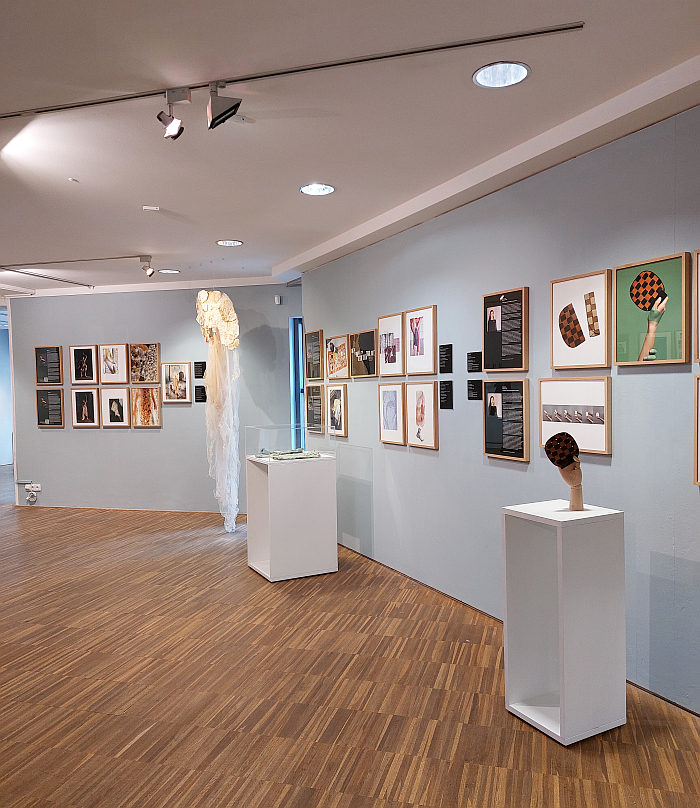
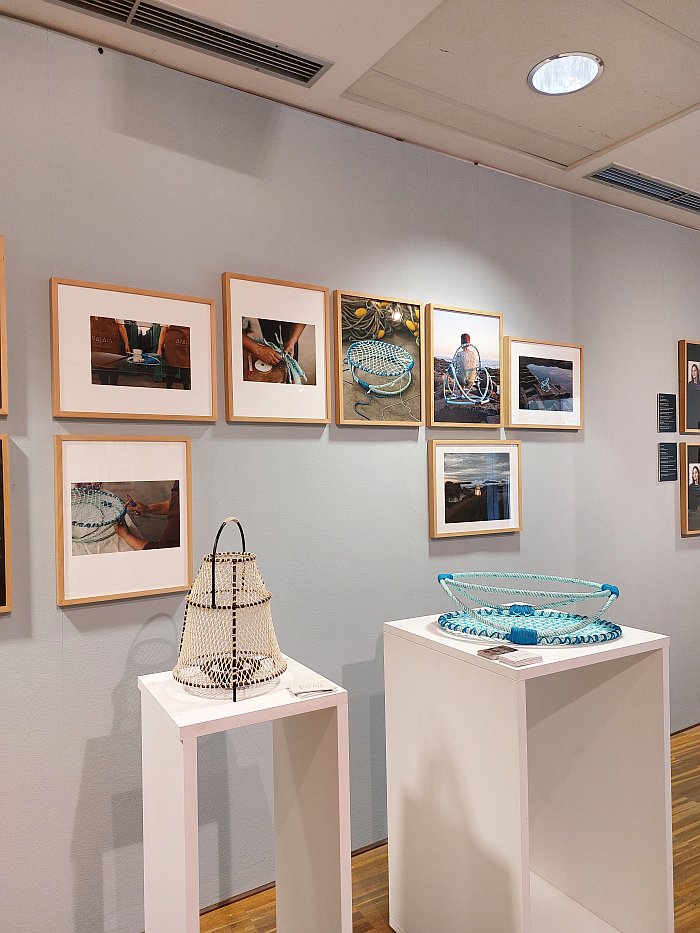
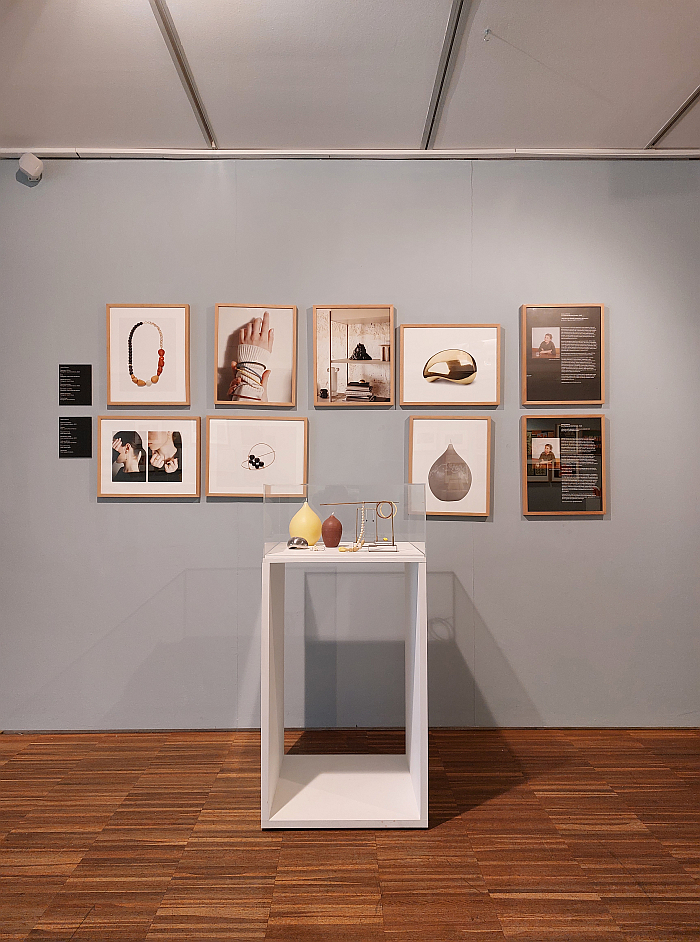
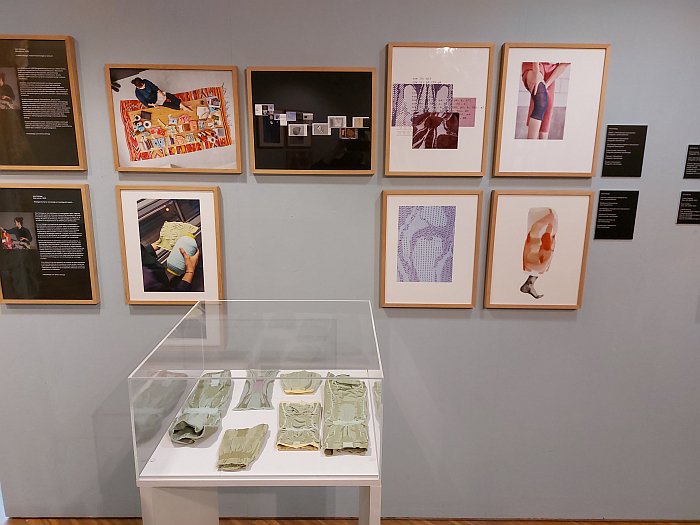
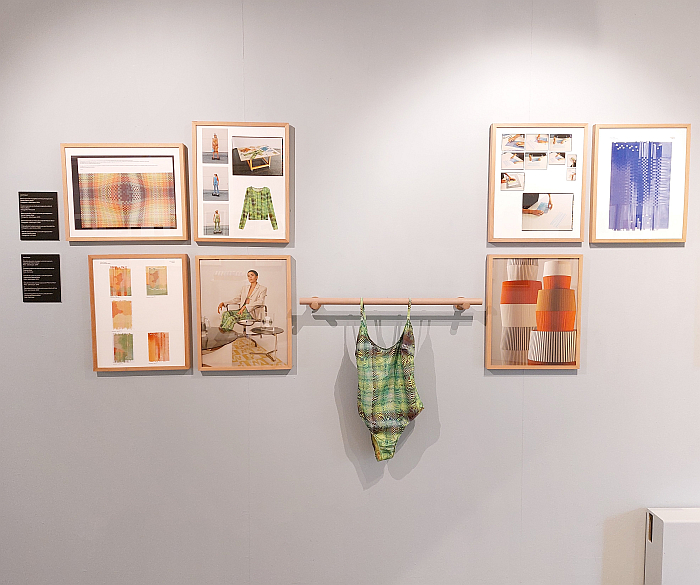
1Victor Papanek, Design for the Real World. Human ecology and social change, Thames & Hudson, 1985, Preface